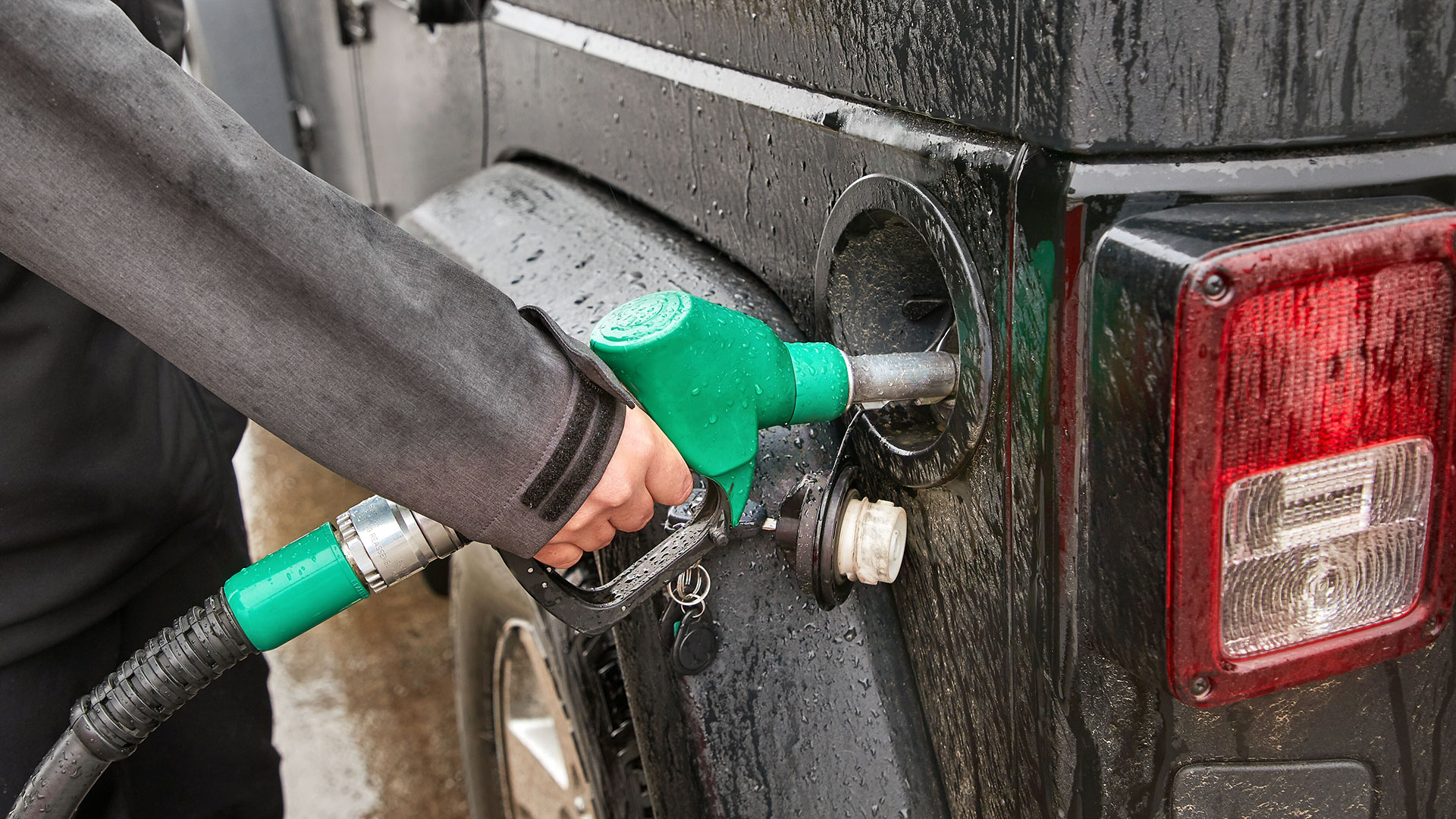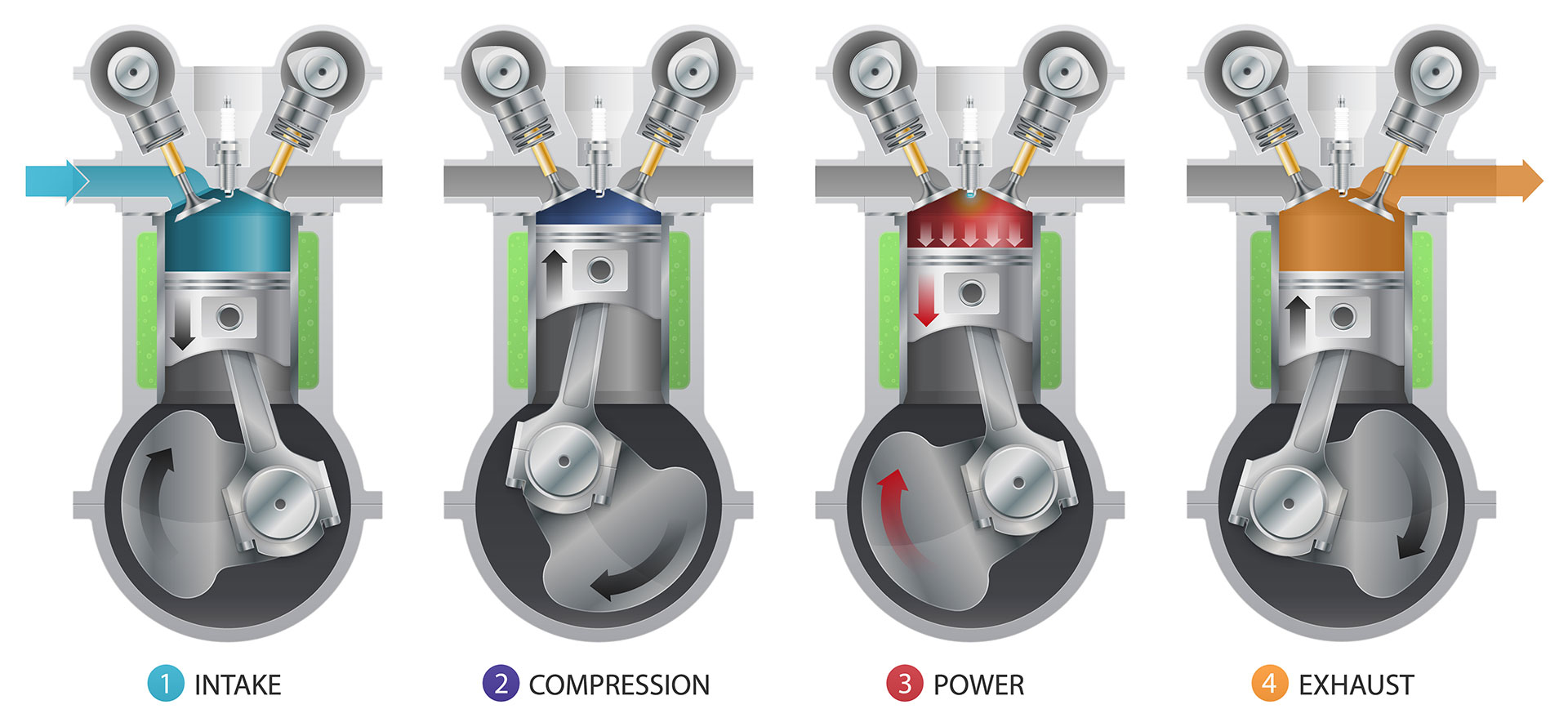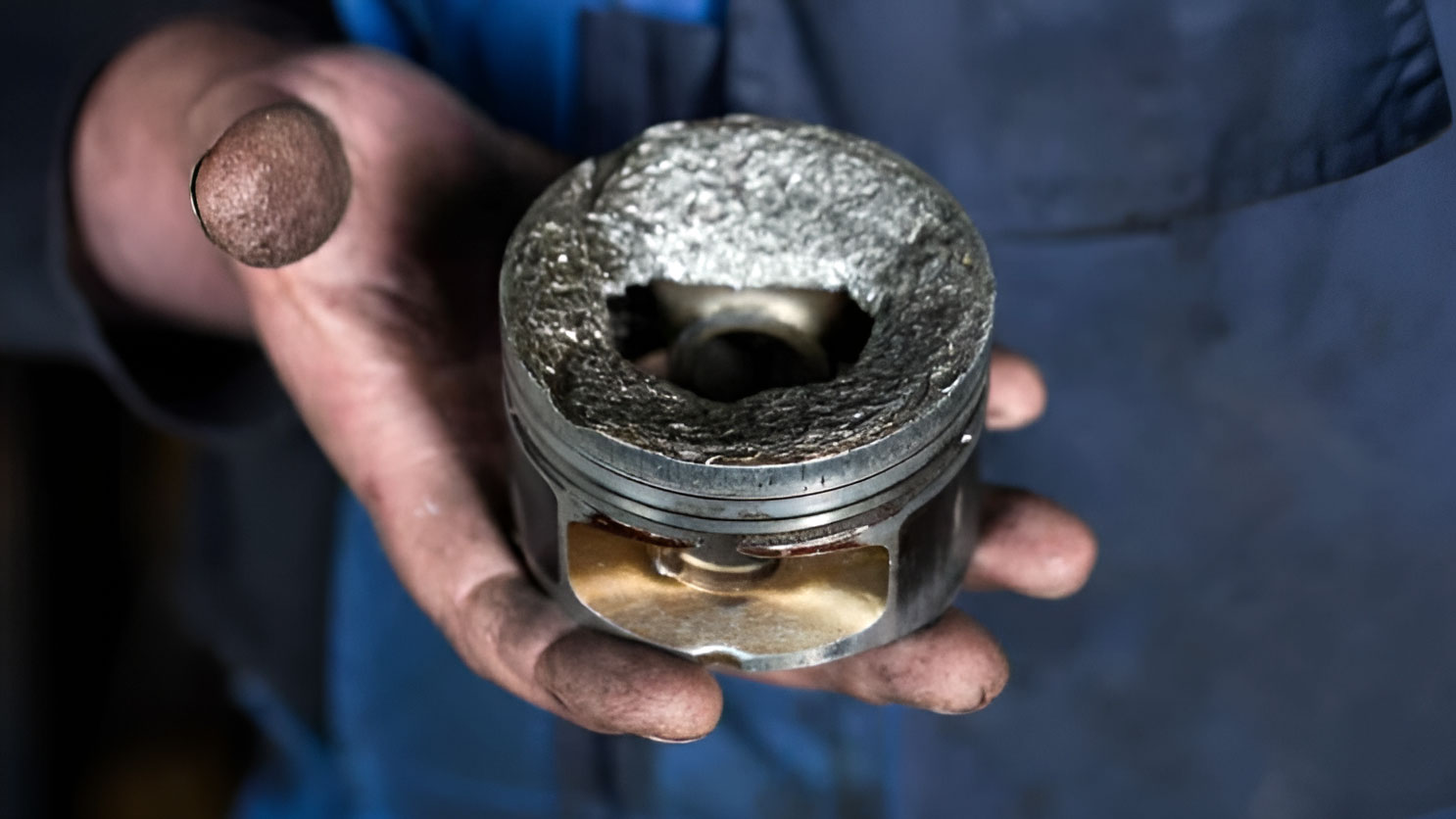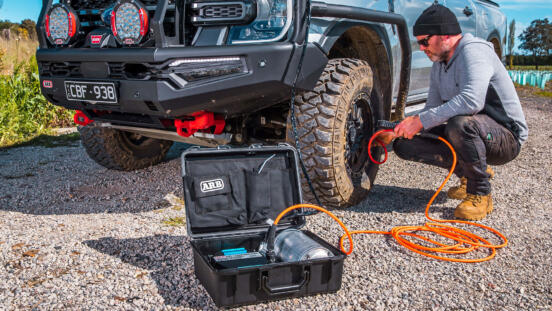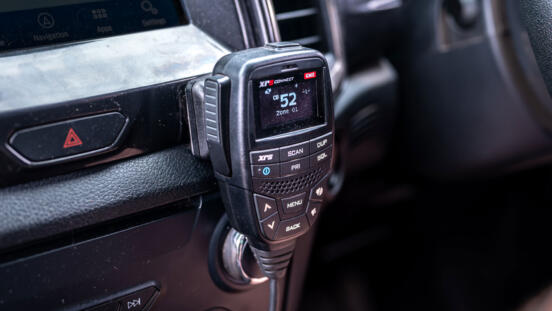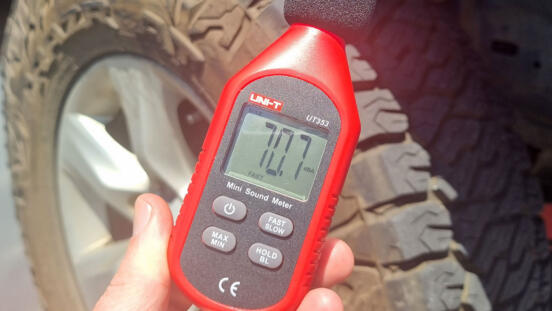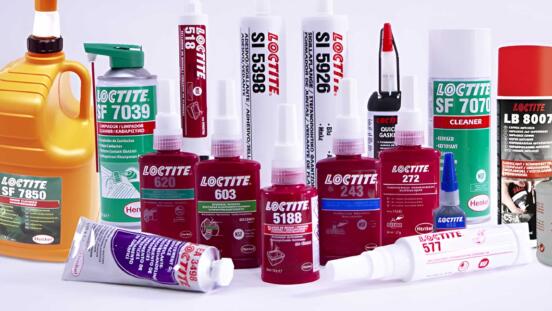The "regular vs high octane" petrol debate has been going strong for many years and is sure to continue. Unfortunately, all too often these debates are based on incorrect understandings and assumptions, and anecdotal "evidence" based on the same. So let's clear things up.
Petrol Octane ratings
Most countries will use 3 grades of unleaded fuel:
- 91 RON - Regular (unleaded) octane petrol.
- 95 RON - Medium-grade premium petrol.
- 98 RON - High-grade fuel, or "Premium".
Depending on where you are in the world, a petrol's octane may be reported in Research Octane Number (RON), Motor Octane Rating (MOR), Motor Octane Number (MON), or Anti-Knock Index (AKI).
These are all slightly different testing conditions, but ultimately we're talking about the same thing here. For this article, we'll just refer to RON.
Octane and "power"
Let's get one thing straight right from the get-go: a petrol's octane rating is not a measure of the fuel's "power". Period.
98 RON fuel does not have "3 more power" than 95 RON. Switching to a higher-octane fuel will not automatically give your engine an X% horsepower increase, based on the octane difference between the fuel's octane ratings.
What octane rating actually is, is a measure of the fuel's burning behavior and how predictably it will combust when under pressure from the engine's compression stroke; specifically, how much it can be compressed without igniting prematurely.
Why does the predictability of fuel compression matter?
Most will know the basic steps of a 4-stroke petrol engine, as follows:
- Intake Stroke - The intake valve(s) open, and the piston moves down, drawing air and fuel into the combustion chamber.
- Compression Stroke - The intake valve(s) close, and the piston moves back up, compressing the air and fuel mixture.
- Power Stroke - The spark plug ignites the air-fuel mixture, and the combustion forces the piston back down, turning the engine crankshaft.
- Exhaust Stroke - The exhaust valve(s) open, the piston travels up a final time forcing exhaust gas out, and the exhaust valve closes.
These 4 steps complete one full combustion cycle and the process starts again.
The key point here, as it relates to octane ratings, is the ignition of the fuel where steps 2 and 3 meet.
The optimal point for fuel ignition is a topic all of its own and varies depending on the engine and exactly what you're trying to achieve, but in simplified terms, ignition should occur when the piston reaches a few degrees of angle on either side of top-dead-center on the upward compression stroke (2), so that when the fuel is ignited the piston is positioned and ready to be driven back down by the combustion. This brings us to:
Knock
If running low-octane fuel in a high-compression engine, fuel is likely to ignite early in the compression stroke from other heat sources within the cylinder before the spark plug fires. This is referred to as "knock", due to the knocking/pinging sound it makes.
Picture a piston in stage 2 above being only halfway up the cylinder during a compression stroke when the fuel ignites. Instead of rising without resistance to top-dead-center to be ready to be driven down by a correctly timed spark, the piston is now fighting against the force of the early combustion to complete its upstroke.
While the engine can complete a combustion cycle while knocking, this premature combustion results in lost power, wasted fuel, and increased heat and stress on engine components, which left unchecked can lead to catastrophic engine failure.
Image credit: G&G Auto Repair
Does this mean high-octane petrol creates more power or not?
The answer to this is it depends completely on your engine. As already discussed, a high-octane fuel does not inherently produce more power. What it does do, is provide suitable conditions for an engine to be more aggressively tuned; this may include higher compression ratios, and advanced ignition timing, which does increase power.
This is what high-octane fuels are designed to facilitate. It's the fuel's resistance to premature ignition that allows more aggressive tuning to create power, not more power contained within the fuel itself.
The first thing to do in determining if there are potential gains to be had with high-octane fuel in your vehicle is to grab your owner's manual. Engines may be tuned specifically for 91, 95, or 98 RON petrol; if your engine is specifically tuned for 91 RON, under normal driving conditions there will likely be little benefit as your engine isn't designed to take advantage of the properties of higher-octane fuel.
On the other hand, if your manual specifies 95 or 98 RON fuel, you will be required to use this fuel as a minimum. Using 91 RON in a more aggressively tuned engine that expects a higher-grade fuel will almost certainly result in knock, and eventually engine damage.
Should YOU use high-octane petrol in your four-wheel-drive
There are several scenarios where high-octane fuel may benefit you, and others where it won't.
1) Check your owner's manual - If you're currently using a lower-grade fuel than your vehicle is tuned for, switch it up to the correct minimum octane fuel to avoid future problems.
2) You're hearing knocking - If you're currently using a lower-octane fuel and can hear sounds that may indicate you're already experiencing knock, try a full take of high-octane fuel as a diagnostic step and see if the problem goes away.
Knock can be caused by other issues like incorrect air-fuel ratios or carbon deposits on the cylinder walls, but a tank of premium fuel is a cheap, easy, and fast diagnostic as a first toward solving the problem.
3) Modern engine considerations - Modern engines feature "knock sensors", which will monitor and predict knock, advancing your engine's ignition timing to the optimal point, while stopping short of knocking.
Knock sensors started becoming prominent in the mid 80's and were in basically all vehicles from the late 90's onwards. If you have an engine built later than this, it would be worth trying a tank to see if there is any appreciable performance gain.
One should note though that the potential gains from these automatic adjustments are not the same as a dedicated performance tune for the highest octane fuel available. All else being equal, in a knock-sensor equipped vehicle not specifically tuned for high-octane fuel you may see a noticeable improvement going from 91 to 95 RON, but less so going from 95 to 98.
If you have an earlier model engine without knock sensors, it won't benefit from premium fuel in this way.
4) Improved fuel economy - Modern engines, even if they're not tuned for the performance potential of high-octane fuel, may benefit from improved mileage from using it.
Of course, premium fuels are more expensive, so the reduction in fuel usage is often offset by the increase in price. This will vary depending on your engine and driving style, but it's arguably worth the cost of a tank of fuel for a test run. Gains will likely be minimal, but if at the end of a tank you end up a few bucks in front, great.
5) When you shouldn't
If your vehicle is tuned for 91 RON and none of the above applies to you, there's not going to be any appreciable benefit in running high-octane fuel in your 4x4.
Happy wheeling.
# Is premium petrol worth it, is high octane petrol worth it, premium petrol vs standard petrol, do you need premium petrol, is premium petrol better.

